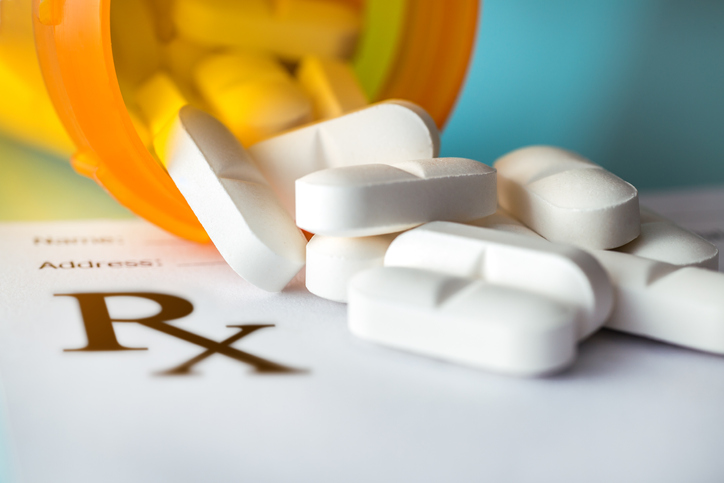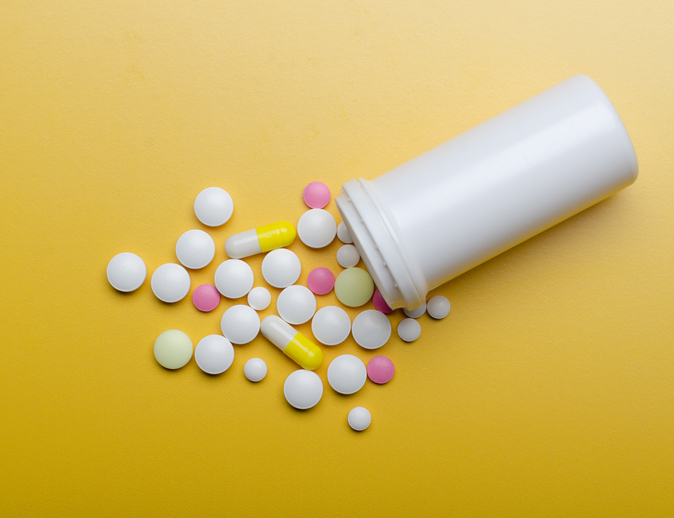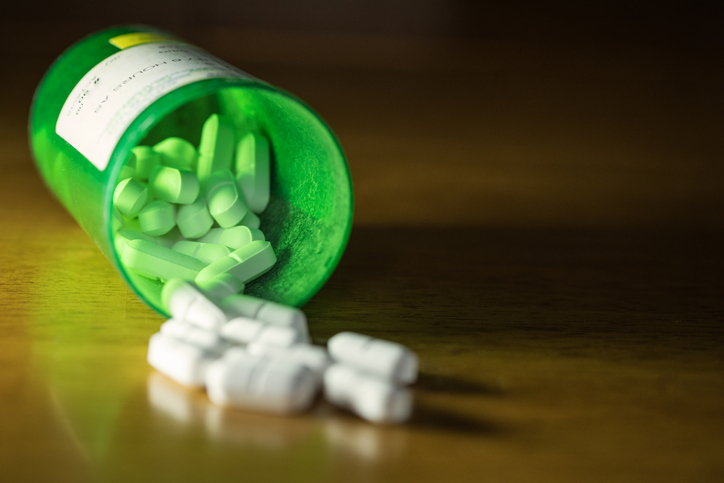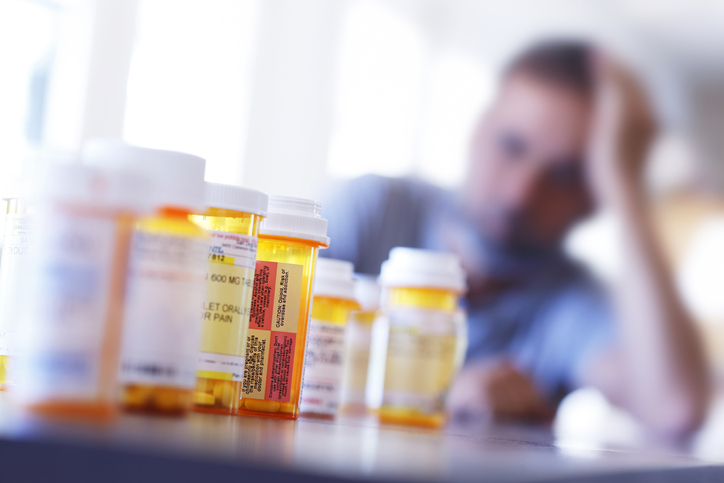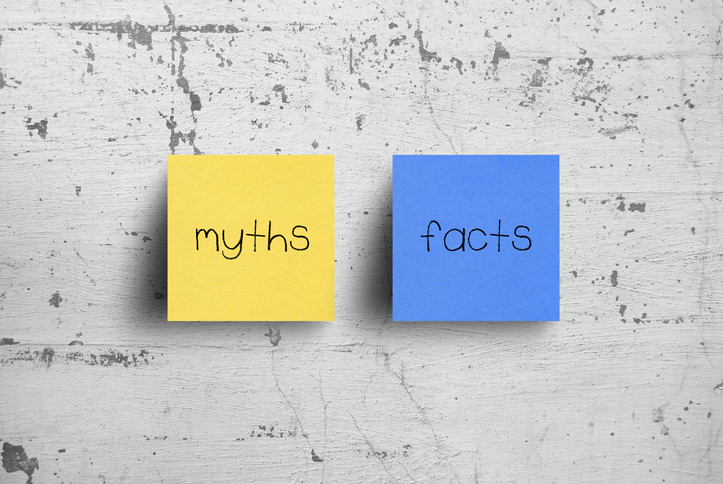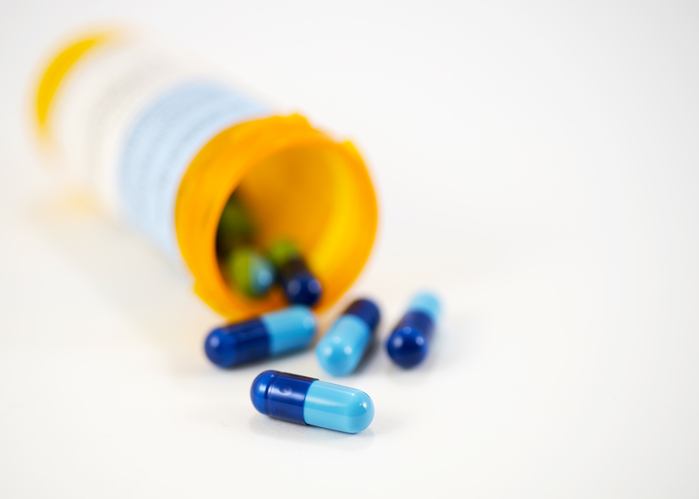Opioid Epidemic
Chronic Pain and Opioid Use Disorder

Opioid therapy is a common treatment for chronic pain. Unfortunately, the use of opioids carries the risk of opioid use disorder (OUD), which the Centers for Disease Control and Prevention defines as “a problematic pattern of opioid use that causes significant impairment or distress.” OUD involves opioid dependence, addiction, and misuse. However, some studies show that OUD associated with opioids prescribed by a physician for the treatment of chronic pain accounts for less than 3% of all OUD cases.
Opioid dependence
Opioid dependence occurs when the body is dependent on an opioid for symptom relief and experiences physical or psychological withdrawal without it. It is a biological adaptation that occurs as a result of long-term opioid therapy. Approximately 25% of individuals with chronic pain experience dependence on pain medications. It’s important to note that opioid dependence is not the same as opioid addiction.
Opioid addiction
Opioid addiction is a behavior that involves compulsive use and cravings for opioids, continued use of opioids despite the risk of harm, and lack of control over the use of the opioids. Addiction is thought to be related to genetics and environmental factors, whereas dependence is not.
Opioid misuse
Opioid misuse can occur with or without addiction or dependence. Medication misuse involves taking medication in a way other than prescribed. This includes taking too much of a medication, taking it too frequently, taking it for a reason other than the reason it was prescribed, or taking a medication prescribed for another person. Approximately 21% to 29% of individuals with chronic pain misuse opioids or other pain medications.
Medication misuse, especially with opioids, can lead to serious complications, including overdose or death. However, the estimated opioid-related fatality rate for individuals with a valid opioid prescription is less than 1%.
Additional resources used to create this article include Frontiers in Pain Research and the American Psychiatric Association.



